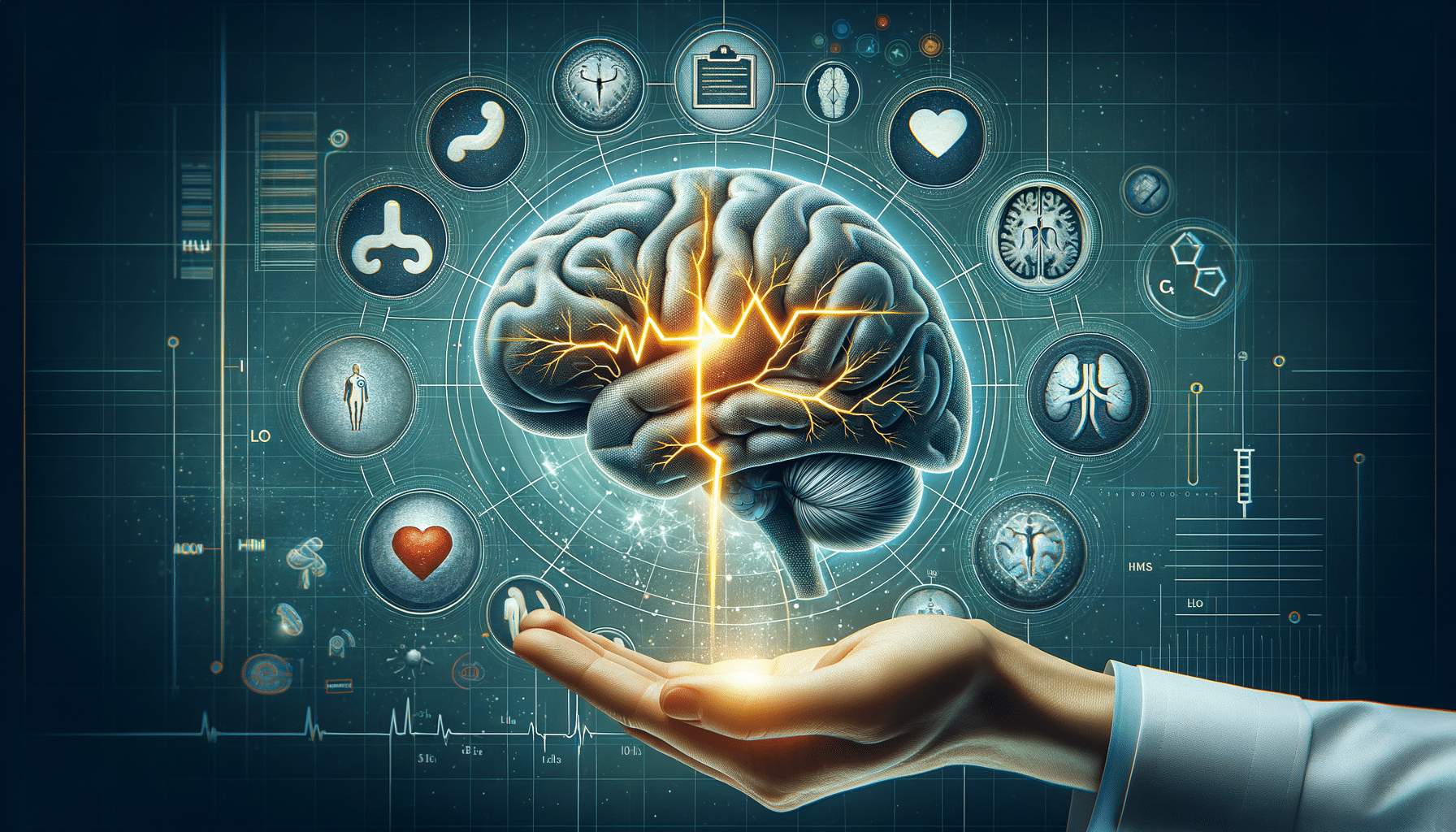
Spot Stroke Signs Early: A Comprehensive Guide
Introduction to Stroke Awareness
Strokes are a leading cause of death and disability worldwide, making it vital to recognize the signs early. A stroke occurs when the blood supply to part of the brain is interrupted, leading to brain cell damage. Timely intervention can significantly improve outcomes, highlighting the importance of awareness and education. By understanding the symptoms and risk factors, individuals can act quickly, potentially saving lives and reducing long-term impacts.
Understanding the Types of Strokes
Strokes are generally categorized into two main types: ischemic and hemorrhagic. Ischemic strokes, accounting for approximately 87% of all cases, occur when a blood clot obstructs a vessel supplying blood to the brain. Common causes include atherosclerosis and heart disease. Conversely, hemorrhagic strokes result from a ruptured blood vessel, leading to bleeding in or around the brain. This type is often linked to high blood pressure or aneurysms.
Recognizing the type of stroke is crucial for treatment, as each requires different medical interventions. For instance, ischemic strokes may be treated with clot-busting drugs, whereas hemorrhagic strokes might necessitate surgical intervention. Understanding these differences underscores the importance of rapid medical assessment and intervention.
Identifying Stroke Symptoms
Recognizing stroke symptoms quickly is essential for effective treatment. The acronym FAST is a helpful tool for remembering the key signs:
- Face drooping: One side of the face may droop or feel numb.
- Arm weakness: One arm may feel weak or numb.
- Speech difficulty: Speech may be slurred or hard to understand.
- Time to call emergency services: Immediate action is crucial.
Other symptoms can include sudden confusion, trouble seeing in one or both eyes, difficulty walking, dizziness, or a severe headache with no known cause. Recognizing these signs and acting swiftly by seeking medical attention can make a significant difference in recovery outcomes.
Risk Factors and Prevention
Several risk factors can increase the likelihood of a stroke, some of which are controllable through lifestyle changes. Common risk factors include:
- High blood pressure
- Smoking
- Diabetes
- High cholesterol
- Obesity
Preventive measures focus on managing these risks through a healthy diet, regular exercise, and avoiding tobacco use. Regular medical check-ups can help monitor and control conditions like hypertension and diabetes. By addressing these factors, individuals can significantly reduce their stroke risk and improve overall health.
Conclusion: Taking Action and Educating Others
Understanding stroke signs and risk factors empowers individuals to take proactive measures in safeguarding their health. Early recognition and immediate medical intervention are critical in minimizing the impact of a stroke. Educating oneself and others about the warning signs and lifestyle changes can foster a community of awareness and prevention. By spreading knowledge and encouraging healthy habits, we can collectively reduce the incidence of strokes and improve outcomes for those affected.